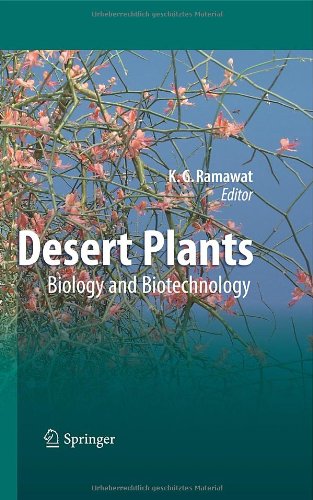

Most ebook files are in PDF format, so you can easily read them using various software such as Foxit Reader or directly on the Google Chrome browser.
Some ebook files are released by publishers in other formats such as .awz, .mobi, .epub, .fb2, etc. You may need to install specific software to read these formats on mobile/PC, such as Calibre.
Please read the tutorial at this link: https://ebookbell.com/faq
We offer FREE conversion to the popular formats you request; however, this may take some time. Therefore, right after payment, please email us, and we will try to provide the service as quickly as possible.
For some exceptional file formats or broken links (if any), please refrain from opening any disputes. Instead, email us first, and we will try to assist within a maximum of 6 hours.
EbookBell Team

0.0
0 reviewsDeserts appear very fascinating during our short visits. However, the lives of plants and animals are very dif?cult under the harsh climatic conditions of high tempe- ture and scant water supply in deserts, sometimes associated with high concent- tions of salt. The editor of this book was born and brought up in the Great Indian Desert, and has spent much of his life studying the growth and metabolism of desert plants. It is very charming on a cool summer evening to sit at the top of a sand dune listening only to blowing air and nothing else. It has been my dream to prepare a volume on desert plants encompassing various aspects of desert plant biology. In this book, I have tried to present functional and useful aspects of the vegetation resources of deserts along with scienti?c input aimed at understanding and impr- ing the utility of these plants. The scant vegetation of deserts supports animal life and provides many useful medicines, timber and fuel wood for humans. Therefore, there are chapters devoted to medicinal plants (Chap. 1), halophytes (Chaps. 13, 14), and fruit plants (Chaps. 17, 20). Desert plants have a unique reproductive biology (Chaps. 9–11), well-adapted eco-physiological and anatomical charact- istics (Chap. 7), and specialised metabolism and survival abilities. These plants are dif?cult to propagate and pose many problems to researchers developing biote- nological approaches for their amelioration (Chaps. 18–20).